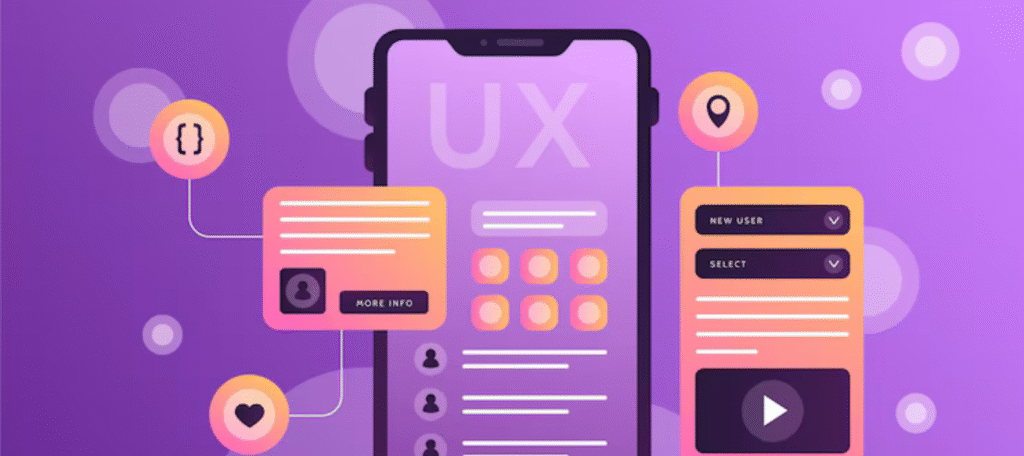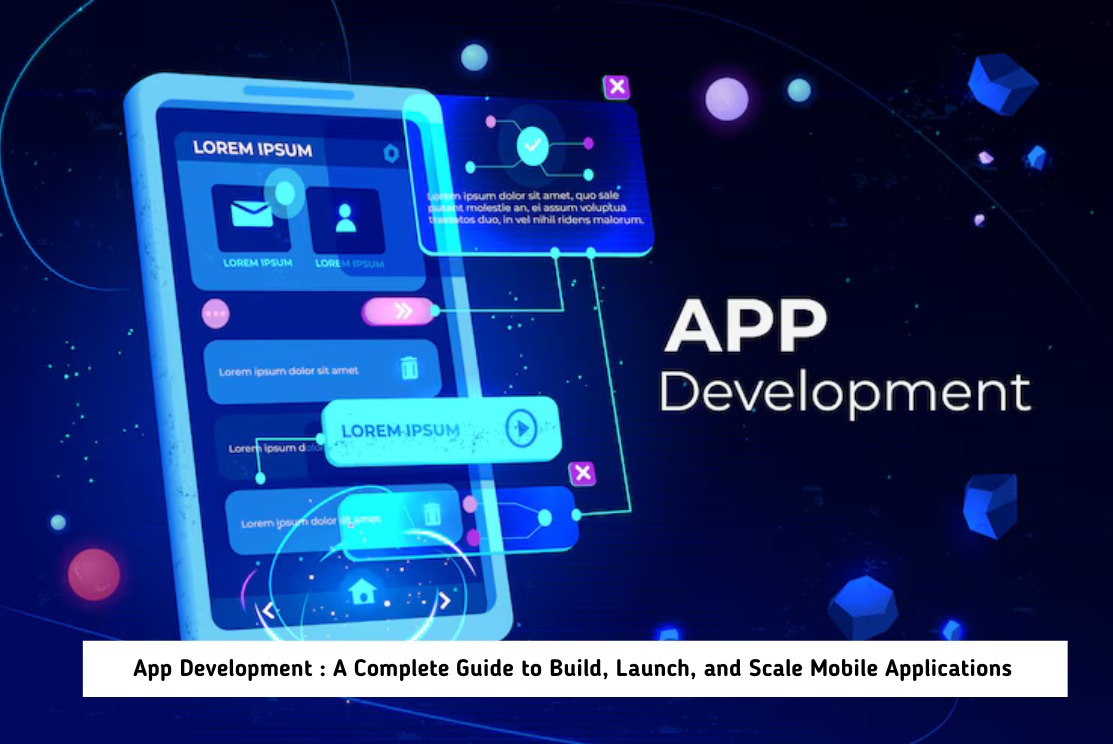In today’s mobile-first world, having an app isn’t a luxury it’s a necessity. Businesses, startups, and even creators are embracing mobile apps to stay connected with users, drive engagement, and generate revenue. App development in 2025 is more accessible yet more competitive than ever. Whether you’re developing for Android, iOS, or cross-platform, knowing the development cycle, choosing the right stack, and aligning user experience with market demand is essential for success.
This blog will guide you through every stage of mobile app development from ideation to launch and beyond.
Why App Development Matters in 2025
The global app market is expected to surpass $600 billion in revenue by the end of 2025. Apps are no longer just a product they’re a platform for services, communities, commerce, and entertainment. With advancements in AI, 5G, and cloud technologies, users now expect fast, intuitive, and secure apps.
Companies that invest in mobile apps can:
- Increase user retention and loyalty
- Improve customer experience
- Streamline operations
- Create new revenue streams through in-app purchases, subscriptions, or ads
Types of Mobile Apps
Before starting, decide the type of app that suits your goals:
- Native Apps: Built for specific platforms (Android or iOS). Offers better performance but higher development cost.
- Cross-platform Apps: Created using frameworks like Flutter or React Native. One codebase for multiple platforms.
- Progressive Web Apps (PWAs): Web-based apps that mimic mobile app behavior. Ideal for businesses that want lightweight access.
- Hybrid Apps: Combines native and web development. Uses a single codebase but wraps it in a native container.

Step-by-Step App Development Process
1. Ideation and Market Research
Every successful app begins with a problem worth solving. Validate your idea by:
- Conducting competitor analysis
- Identifying your target audience
- Creating user personas
- Studying market trends and user behavior
Tools like Google Trends, App Annie, and Statista can help assess demand.
2. Define Features and Functionality
Once the idea is validated, define:
- Core features (Must-haves)
- Optional features (Nice-to-haves)
- User flows and wireframes
Use tools like Figma, Adobe XD, or Sketch for design prototypes.
3. Choose the Right Tech Stack
Your tech stack depends on your app type:
- Android: Java, Kotlin
- iOS: Swift, Objective-C
- Cross-platform: Flutter, React Native
- Backend: Node.js, Firebase, Django, Laravel
- Database: MongoDB, PostgreSQL, MySQL
Consider performance, scalability, community support, and your team’s skill set.
4. Design and UI/UX
Great design is intuitive and consistent. Follow platform-specific guidelines (Material Design for Android, Human Interface Guidelines for iOS). Focus on:
- Simple navigation
- Responsive design
- Accessibility
- Color psychology and readability
Conduct usability testing to ensure a seamless experience.
5. App Development and Testing
Divide development into sprints using Agile methodology. Focus on:
- Front-end and back-end integration
- API development
- Data security and compliance
- Real-device and emulator testing
- Load and stress testing
- Bug fixing
Use tools like Jira, GitHub, Firebase Test Lab, and TestFlight.
6. Launch and Deployment
For Android, publish via Google Play Console. For iOS, use the Apple App Store. Ensure:
- App Store Optimization (ASO)
- High-quality screenshots and videos
- Proper app descriptions and tags
- Legal policies (privacy policy, terms of service)
7. Post-Launch Support and Maintenance
Launching the app is just the beginning. Plan for:
- Regular updates
- User feedback implementation
- Bug tracking and security patches
- Scaling infrastructure based on usage

Monetization Strategies
Here are the most common ways to earn from your app:
- In-App Purchases: Selling features, content, or upgrades.
- Subscriptions: Monthly or yearly plans for access to premium features.
- Ads: Earn through banner, interstitial, or native ads.
- Freemium: Offer basic access for free, with optional paid upgrades.
- SaaS Model: If your app provides a tool or service, sell it as a SaaS product.
Key Trends in App Development (2025)
- AI-Powered Features: Chatbots, personalization, predictive search
- Voice Search Integration
- 5G Optimization: Real-time streaming and faster loading
- AR/VR Experiences
- App Clips and Instant Apps: Use without full download
- Privacy-First Design: GDPR, CCPA, and consent-based tracking
Common Challenges in App Development
- Choosing between native and cross-platform
- Managing budget and timeline
- Getting user retention beyond downloads
- Handling OS updates and device compatibility
- Security and data breaches
- Scaling backend for rapid growth
Best Practices for Successful App Development
- Start small with a Minimum Viable Product (MVP)
- Prioritize user feedback early and often
- Avoid feature bloat; keep it simple and user-centric
- Plan for offline functionality where needed
- Ensure app performance is smooth even on low-end devices
- Focus equally on marketing and user onboarding
Frequently Asked Questions (FAQs)
Q1. How long does it take to develop a mobile app?
It depends on complexity. Simple apps may take 2–3 months, while feature-rich apps can take 6–12 months or more.
Q2. What is the cost of app development in 2025?
It ranges from $5,000 for basic apps to $100,000+ for enterprise-level apps. Cost varies based on features, platform, and location of developers. In India, for instance, basic apps might start from $10,000 to $20,000, while complex apps can go upwards of $50,000 to $150,000+.
Q3. Should I choose native or cross-platform development?
If performance and platform-specific features are a priority, go for native. For cost-effectiveness and speed, cross-platform is ideal.
Q4. How can I make my app successful after launch?
Invest in app marketing, collect user feedback, offer regular updates, and optimize for performance and retention.
Q5. What are the best tools for app development?
Flutter, React Native, Android Studio, Xcode, Firebase, and GitHub are commonly used for modern app development workflows. The web development landscape is going through a significant transformation in 2025, and the catalyst for this change is artificial intelligence (AI). Whether you are a developer, designer, or digital business owner, AI is becoming an essential part of how websites are created, optimized, and experienced by users.
From generating code and designing interfaces to optimizing SEO and creating personalized user journeys, AI is redefining what it means to build websites. This blog explores how AI is driving innovation in web development, the areas it impacts most, what tools are leading the charge, and how developers can stay ahead.

